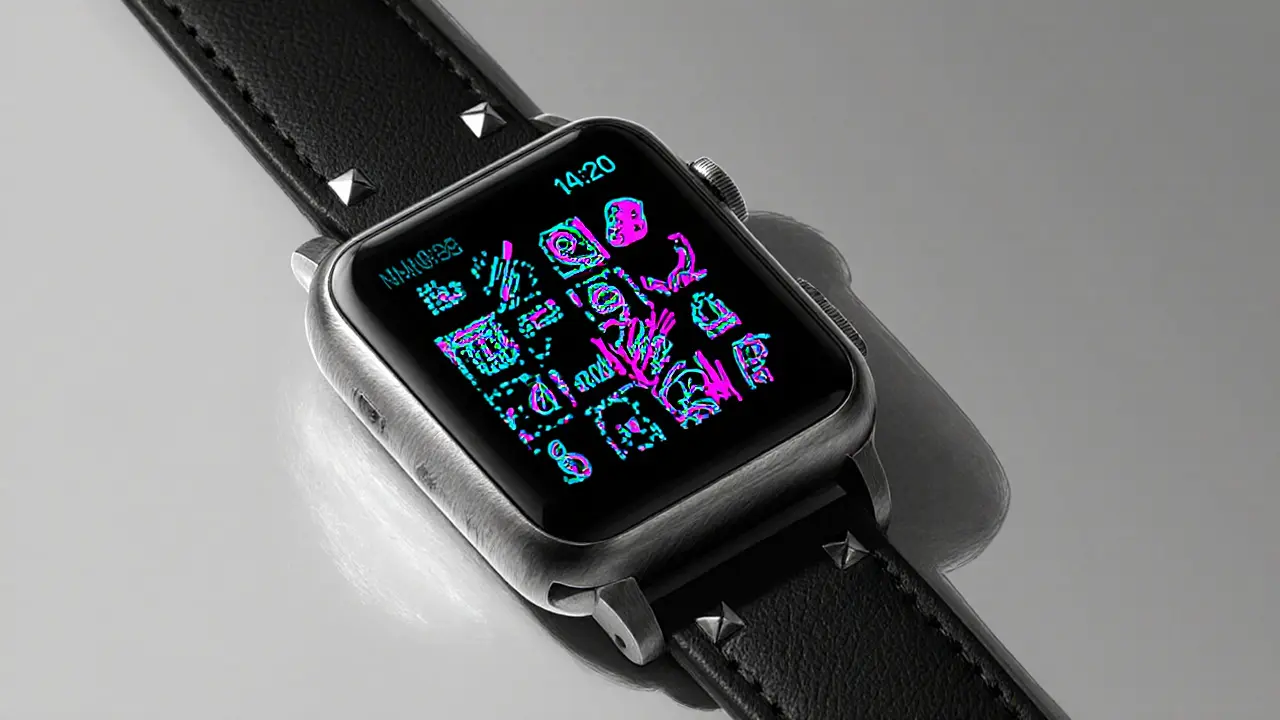CryptoPunks – The Original NFT Collectibles
When working with CryptoPunks, a set of 10,000 unique 24×24‑pixel characters minted on the Ethereum blockchain in 2017. Also known as CryptoPunk NFTs, it paved the way for modern digital art markets and collectible culture. The NFT, non‑fungible token that proves ownership of a unique digital item technology powers CryptoPunks, while the Ethereum, the smart‑contract platform that hosts most NFT projects provides the underlying network for transfers and sales. A third key piece is the Rarity Score, a numeric value that ranks each Punk based on trait scarcity, which directly influences market price.
Why does CryptoPunks still dominate headlines? First, they are a classic case of scarcity meets cultural relevance – 10,000 items, each with a fixed set of attributes, and no new mints can ever be added. Second, their early‑bird status gave them a head start in community building; collectors, artists, and investors formed forums, Discord channels, and even physical meet‑ups around the brand. Finally, the blend of pixel art nostalgia and blockchain provability created a unique value proposition: you own a piece of internet history that can be verified on‑chain.
Key Related Concepts That Shape the CryptoPunks Market
The world of CryptoPunks doesn’t exist in a vacuum. It sits at the intersection of several important ideas. Digital Collectibles, items like virtual trading cards, in‑game skins, or art that can be bought, sold, and displayed online provide the broader category, while Marketplace Platforms, websites such as OpenSea or specialized auction houses where NFTs are traded supply the buying and selling infrastructure. The concept of Provable Ownership, cryptographic proof that a digital asset belongs to a specific wallet is what makes NFTs trustworthy, and it’s the same proof that underpins CryptoPunks’ value.
These entities interact in predictable ways: CryptoPunks encompass rarity scoring, rarity scoring influences market price, and market price drives collector behavior on marketplaces. At the same time, the NFT standard enables provable ownership, which fuels confidence in digital collectibles. Together they form a loop that keeps the ecosystem vibrant and continuously attracts new participants.
For anyone new to the space, the practical side matters most. If you want to acquire a Punk, you’ll need an Ethereum‑compatible wallet, some ETH for gas fees, and a trusted marketplace. Once you own a Punk, you can display it in a virtual gallery, lend it to a curated exhibition, or hold it as a long‑term investment. The rarity score will help you decide whether a particular Punk is worth a premium or if it’s a good entry‑level piece.
Beyond buying and selling, community initiatives add extra layers of value. Some projects bundle CryptoPunks with exclusive event tickets, while others offer royalty‑sharing schemes that reward original owners when their Punk is resold. These models show how the original 10,000 pixels have evolved into a multifaceted asset class that blends art, finance, and social networking.
All this background sets the stage for the articles below. You’ll find deep dives into tokenomics, market analysis, how to protect your assets, and the latest trends shaping the CryptoPunks universe. Whether you’re a seasoned collector or just curious about why these pixel characters still spark so much hype, the following posts will give you practical insights and actionable tips.

Top Most Valuable NFT Art Collections in 2025
Explore the most valuable NFT art collections of 2025, from CryptoPunks and BAYC to Bitcoin Ordinals, and learn how to evaluate, buy, and secure these high‑value digital assets.
